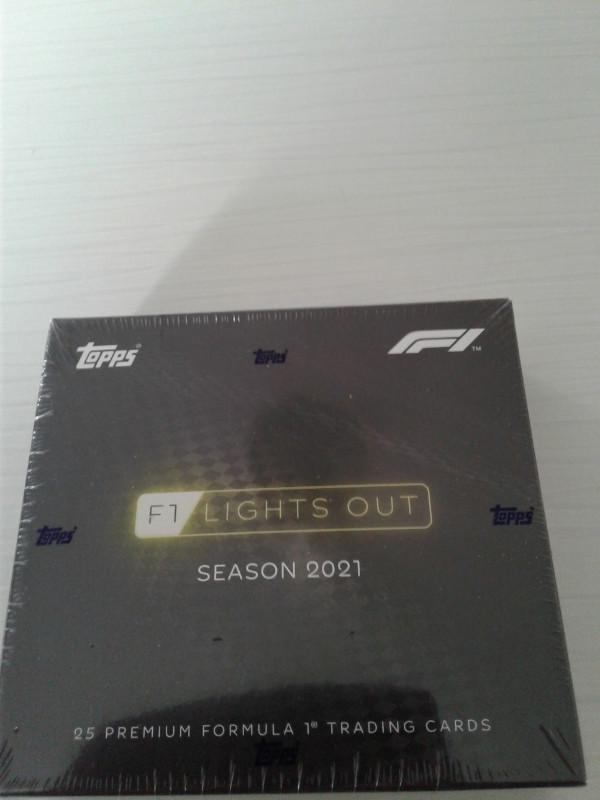
Each light in a 37 bulb string receives 3.0 volts.Each light in a 24 bulb string receives 4.5 volts.You can estimate the the voltage of each bulb in any string of lights by dividing the recommended-use voltage (usually 110 volts) by the total number of bulbs. To recognize unusual series and parallel connections.Ī string of steady (unblinking), incandescent (not LED), Christmas tree lights may be substituted for 4.5 volt bulbs. Lesson 20: To trace the flow of electricity through pairs of light bulbs.Lesson 19: To build 2-way switches and integrate them into a circuit.To understand the role of electrical resistance in this dramatic process. Lesson 18: To explode a balloon with electricity by throwing a switch.Lesson 17: To understand how fuses work to protect circuits from shorts and overloads.Lesson 16: To appreciate that the flow of electricity decreases with increased resistance.Lesson 15: To watch a miniature fireworks show! To appreciate that high electrical resistance can create heat and light.Lesson 14: To understand how length and diameter affect electrical resistance in wire.Lesson 13: To understand why electricians wire buildings in parallel rather than in series.Lesson 12: To learn how to connect dry cells and bulbs to achieve maximum brightness.To predict how electrons should flow through these circuits. Lesson 11: To practice mapping and drawing more complicated circuit diagrams.To predict how electrons should flow through the wires. Lesson 10: To learn to draw simple circuit diagrams using accepted symbols.To study how alternate pathways around the bulb and switch affect the circuit. Lesson 9: To make a switch and integrate it into a simple circuit.Lesson 8: To make a bulb holder, and complete construction of a dry cell holder for use in future activities.


To find, by trial and error, those holes that are connected by foil and those that are not. Lesson 7: To construct a circuit puzzle.Lesson 6: To use a bulb and cell to test whether common materials in the classroom are conductors or insulators.To understand how this affects bulb brightness. Lesson 5: To learn how to connect cells in parallel.Lesson 4: To learn how to connect cells in series and opposition.To test theses predictions by experiment. Lesson 3: To use the idea of contact points in predicting whether a bulb will light.Lesson 2: To further explore by trial and error the different ways to light a bulb with a dry cell and foil ribbon.Lesson 1: To discover by trial and error how to light a bulb with a dry cell and foil ribbon.


 0 kommentar(er)
0 kommentar(er)
